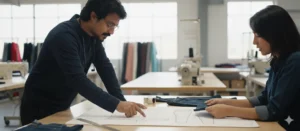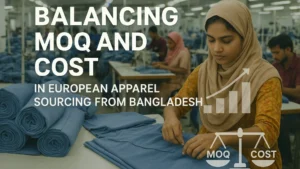
Design is at the heart of the fashion industry, encompassing everything from clothing and accessories to the visual appeal of e-commerce platforms. As both a product and process, design plays a pivotal role in shaping the trends and styles that define each season, as well as meeting the needs of the ever-evolving consumer market.
What Is Fashion Design?
Fashion design refers to the creation of products such as textiles, apparel, footwear, accessories, and even digital elements like website layouts and visual displays. The term “design” serves as both a noun—the final product itself—and a verb, referring to the creative process that brings the idea to life. Designers apply principles from art, business, and science to create items that not only appeal aesthetically but also meet practical consumer needs.
Key Characteristics of Fashion Design
- Innovation and Change: The core purpose of design is to plan, create, and interpret ideas to introduce new trends or refine existing concepts.
- Creativity and Problem-Solving: Fashion design is deeply creative, involving intellectual ingenuity that addresses user needs while pushing the boundaries of style.
- User-Centered Approach: Successful fashion design is all about the user—whether addressing their desires for comfort, style, or functionality.
- Cultural Reflection: The values of designers are often mirrored in their creations, influenced by the social, cultural, and historical context of the time.
- Systematic Process: Fashion design is not random; it follows a structured and methodical process from concept to creation, ensuring each step adds value.
Why Design Matters in the Global Fashion Supply Chain
In the global fashion supply chain, design serves as the starting point for everything that follows. From production and sourcing to marketing and retail, all processes revolve around the initial design. A well-executed design not only captivates consumers but also aligns with production capabilities, market trends, and pricing strategies.
Conclusion
Design is much more than just creating stylish garments. It’s a complex process that integrates creativity with business strategy, user needs, and cultural values. Understanding the role of design in the fashion industry and its impact on the entire supply chain is crucial for fashion brands aiming to succeed in today’s competitive market.
For more insights on fashion design and the apparel supply chain, visit antor.xyz.






